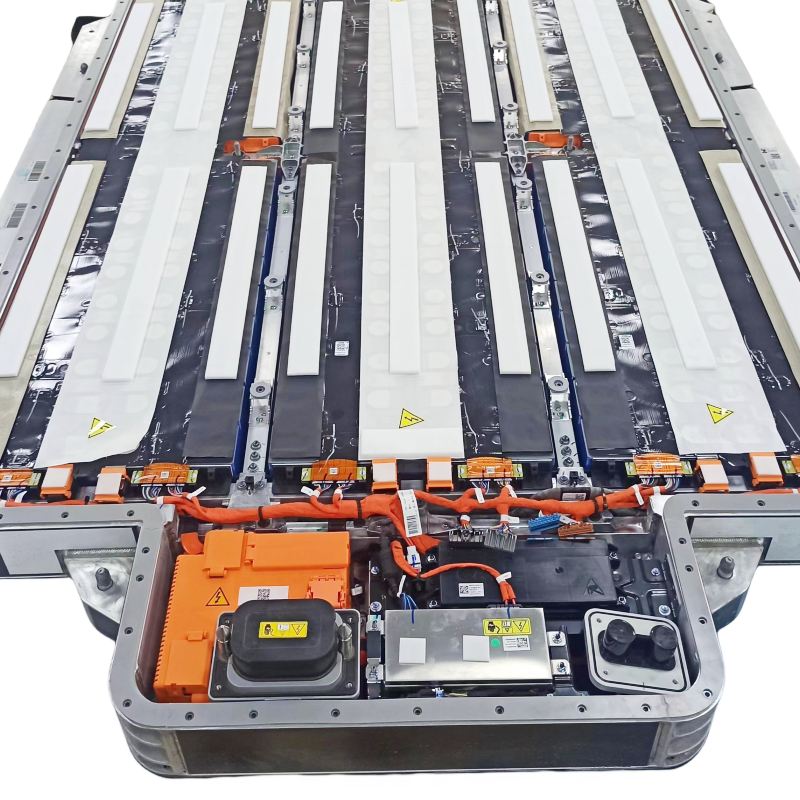Fuzhou Fuqiang Precision Co., Ltd. |
|
Verified Suppliers
|
|
Enhanced Understanding of Silicone Foam Applications in NEV Battery Safety
What is Silicone Foam?
Silicone foam encompasses a wide range of materials, including silicone foam tape, silicone sponge rubber, and closed-cell silicone foam. Characterized by its outstanding durability, thermal insulation, and resistance to environmental factors, silicone foam is integral in advancing the performance and safety of EV battery packs. By incorporating air or gas bubbles into silicone, this innovative material combines the elasticity and thermal stability of silicone rubber with the lightweight and insulative properties of foam, making it ideal for a myriad of industrial applications, notably in new energy vehicles (NEVs) for battery thermal management systems.

Utilizing Silicone Foam for NEV Battery Thermal Management and Fire Protection
In the context of NEV battery thermal management and fire protection, silicone foam plays a critical role. Its unique properties, such as flame retardancy, insulation, shock absorption, and exceptional heat insulation, make it an excellent choice for enhancing the safety and efficiency of EV batteries. The application of silicone foam in these systems aims to mitigate the risks associated with thermal runaway and overheating, providing a robust barrier that contributes to the overall fire safety and operational stability of NEV batteries.

Manufacturing Foam Molds for Silicone Molds
The process of manufacturing foam molds for silicone molds involves
several key steps:
1. Designing the desired shape for the silicone part, factoring in
the specific requirements of the application, such as intricate
silicone sponge cords or detailed silicone foam gaskets for NEV
batteries.
2. Selecting an appropriate foam material that can endure the
conditions of silicone casting, typically opting for a high-density
foam that can accurately capture the mold's details.
3. Carving or machining the foam into the precise shape needed,
ensuring the surface is smooth and the dimensions are accurate for
a perfect replica.
4. Applying a release agent to the foam mold to facilitate the easy
removal of the silicone part once it has set, preventing the
silicone from sticking to the foam.
How to Make Silicone Foam?
Creating silicone foam involves a process known as foaming, where a blowing agent is used to expand silicone rubber. This can be accomplished through chemical expansion, where a chemical reaction generates gas bubbles within the silicone mix, or through mechanical foaming, where air or another gas is blended into the silicone. The success of making high-quality silicone foam lies in meticulously controlling the foaming process to ensure a uniform distribution of bubbles, achieving the targeted density and resilience for the application, particularly in NEV battery protection and thermal management systems.
Silicone foam's integration into NEV battery systems underscores its pivotal role in fire protection, heat insulation, flame retardance, and shock absorption. Its adoption reflects a proactive approach to enhancing the safety, performance, and longevity of new energy vehicles, marking a significant step forward in the development of advanced battery technologies.